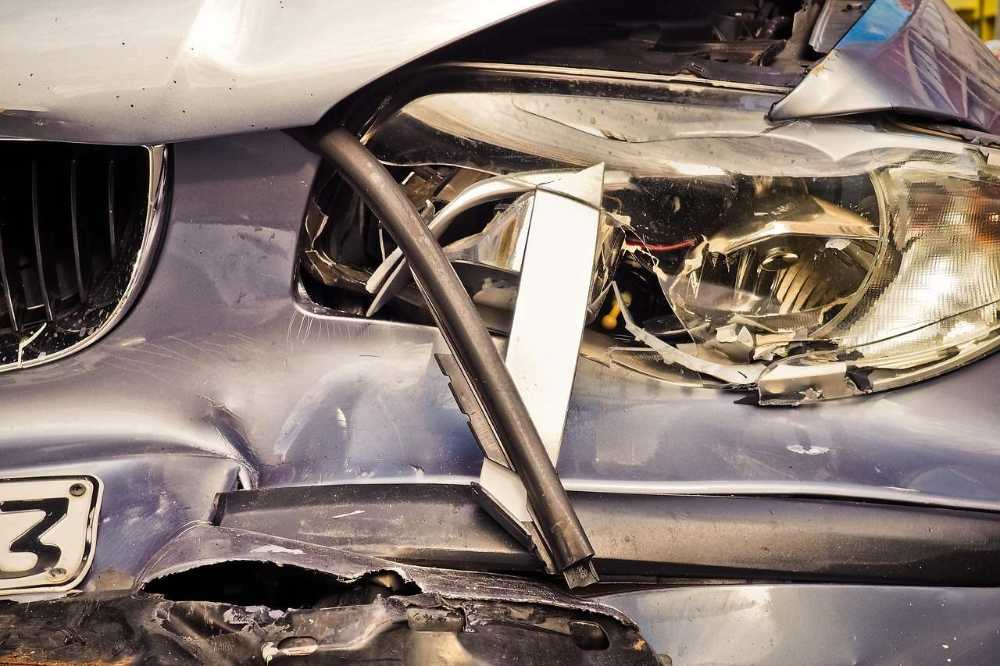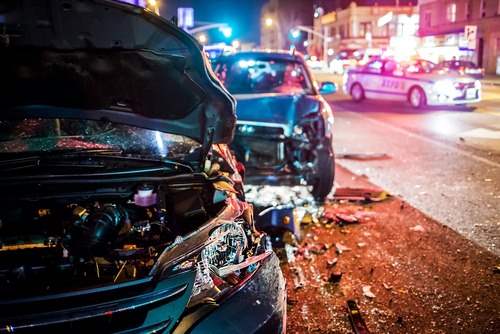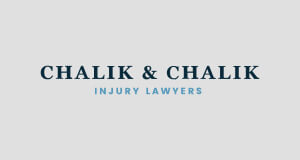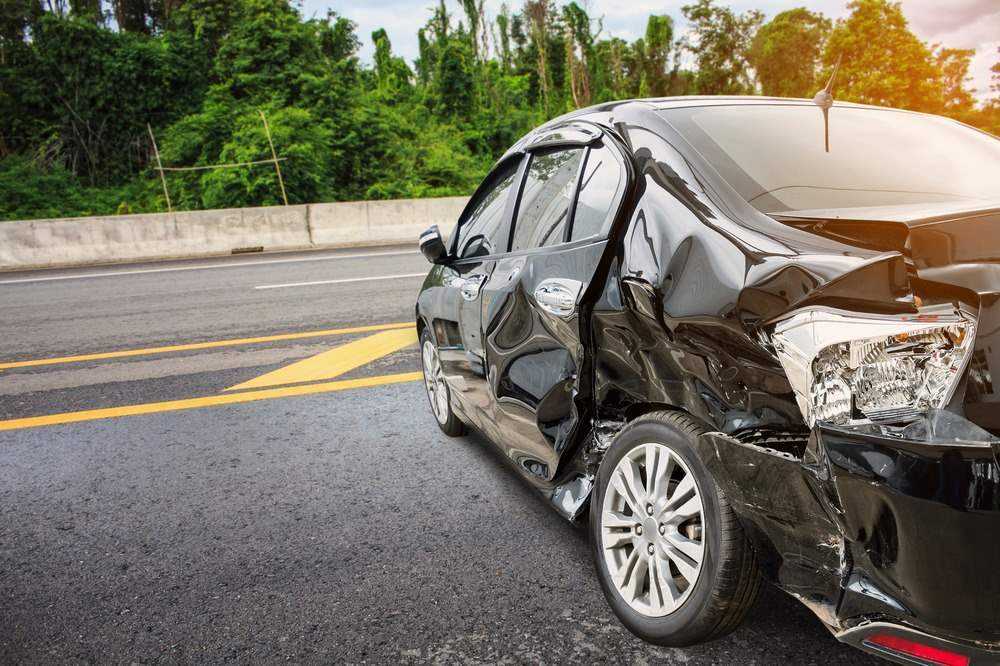
Rear-end collisions are one of the most frequent types of car accidents, often resulting in significant harm to those involved. Common injuries caused by rear-end collisions include whiplash, back injuries, and concussions, which can lead to chronic pain, mobility issues, and even long-term disabilities. The toll on victims can be overwhelming, affecting their quality of life, their finances, and their ability to work.
If you’ve been injured in such an accident, consulting a Fort Lauderdalen rear-end accident lawyer is crucial. A lawyer can help you navigate the complexities of insurance claims and ensure you receive the compensation you deserve for medical expenses, lost wages, and pain and suffering. Understanding the common injuries caused by rear-end collisions and having the right legal support can make a significant difference in your recovery process.
Typical Impact Areas in Rear-End Collisions
Rear-end collisions can affect multiple parts of the body, depending on various factors such as the force of the impact, the position of the occupant, and the vehicles involved. Some common injuries include:
- Head Injuries: The head is one of the most vulnerable areas in a rear-end collision. Even with airbags, the sudden jolt can cause the head to snap forward and backward, leading to concussions, traumatic brain injuries (TBI), or even skull fractures. The severity of these injuries often depends on the speed of the impact and whether the occupant was properly restrained.
- Neck Injuries: Whiplash is the most common neck injury associated with rear-end collisions. It occurs when the neck is forced into rapid flexion and extension, stretching and straining the muscles, ligaments, and tendons. The extent of whiplash injuries can vary based on the speed of the vehicles and the angle of the collision, with more severe cases leading to chronic pain and limited mobility.
- Back Injuries: The back, particularly the spine, is highly susceptible to injury in a rear-end collision. The sudden force can cause spinal cord injuries, herniated discs, or fractures, resulting in pain, numbness, or even paralysis. Lower back injuries are common, especially in high-impact collisions, and can have long-term consequences if not treated promptly.
- Lower Limb Injuries: The lower limbs, including the legs, knees, and feet, can also be injured during a rear-end collision, particularly if the impact causes the occupant to be thrust forward into the dashboard or floor. Injuries may range from bruises and sprains to fractures and dislocations. The severity of these injuries is often influenced by the force of the impact and the position of the occupant at the time of the collision.
Many of these injuries can have long-lasting and even permanent consequences. A Fort Lauderdale car accident lawyer can make sure to account for all of your injuries and the ways in which they affect your life are accounted for.
Factors That Impact the Injuries and Severity of harm in a Rear-End Accident
The severity and type of injuries sustained in a rear-end collision can vary significantly based on several key factors:
- Vehicle Speed: Higher speeds result in greater force upon impact, which typically leads to more severe injuries. At lower speeds, occupants might experience minor injuries like whiplash, while at higher speeds, the risk of serious head, neck, and spinal injuries increases.
- Vehicle Size: The size and weight of the vehicles involved also play a crucial role. If a large truck rear-ends a smaller car, the occupants of the smaller vehicle are likely to experience more severe injuries due to the greater force exerted. A Fort Lauderdale truck accident lawyer can help fight for full compensation for these severe injuries.
- Occupant Position: The position of the occupant within the vehicle affects the type and severity of injuries. Drivers and front-seat passengers are more likely to suffer from head, neck, and chest injuries due to their proximity to the steering wheel and dashboard. Rear-seat passengers, while slightly more protected, can still suffer significant injuries, especially if not wearing seat belts.
Manty other factors can impact the kinds of injuries you suffer, and even the severity of these injuries.
Personal Injury Lawyer, Near You
(855) 529-0269Diagnosis and Treatment of Common Rear-End Collision Injuries
If you’ve been involved in a rear-end collision, it’s crucial to seek medical attention immediately, even if you feel fine initially. Injuries from these accidents may not manifest symptoms right away, but early diagnosis and treatment are vital for preventing long-term complications.
Immediate Medical Assessment After a Rear-End Accident
The first step after a rear-end collision should always be a thorough medical evaluation. The force of the impact can cause injuries that aren’t immediately visible but can develop into serious health issues over time.
Common diagnostic procedures include X-rays, MRIs, and CT scans, which can detect fractures, soft tissue injuries, and potential spinal damage. Delaying medical attention can exacerbate injuries, making treatment more complex and costly down the road.
Treatment and Recovery After a Rear-End Accident
The treatment for rear-end collision injuries can vary based on the severity of your injuries. Physical therapy is often prescribed to help restore movement and strength, particularly in cases of whiplash or back injuries. Medications may be necessary to manage pain and inflammation, while severe injuries like fractures or spinal cord damage might require surgery.
Additionally, the psychological impact of an accident shouldn’t be overlooked. It’s common for victims to experience anxiety, depression, or post-traumatic stress disorder (PTSD) after a collision. Psychological support, such as counseling or therapy, is an essential part of the recovery process, helping you regain your mental and emotional well-being.
Rehabilitation is a critical component of your recovery, especially for more serious injuries. Long-term care plans, which might include ongoing physical therapy, regular check-ups, and pain management strategies, are often necessary to ensure full recovery. Follow-up care is vital to monitor your progress and adjust your treatment as needed.
Rear-End Accident Injuries Are Costly, Call Now for Help
The road to recovery can be expensive. Medical bills, rehabilitation costs, and lost wages can quickly add up, creating a significant financial burden. This is where the guidance of a lawyer from Chalik & Chalik Injury Lawyers becomes invaluable.
Our rear-end accident lawyers can help you assess these costs and pursue compensation for your injuries. They can ensure that you receive the financial support you need to cover medical expenses, rehabilitation, lost wages, and other damages resulting from the accident. Call now for a free consultation.
Navigating the aftermath of a rear-end collision is challenging, but with the right medical care and legal support, you can focus on your recovery while ensuring that your rights are protected.
Call or text Chalik & Chalik
(855) 529-0269









